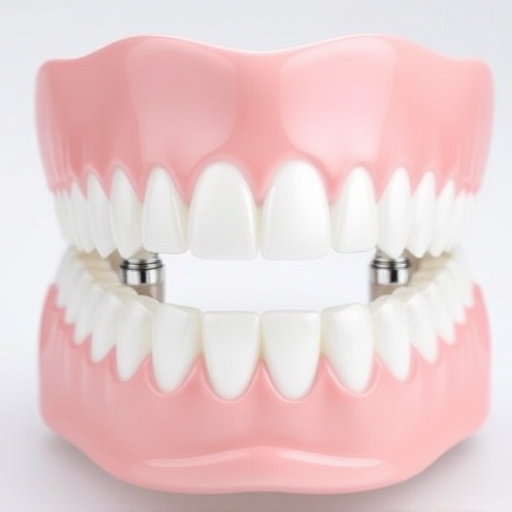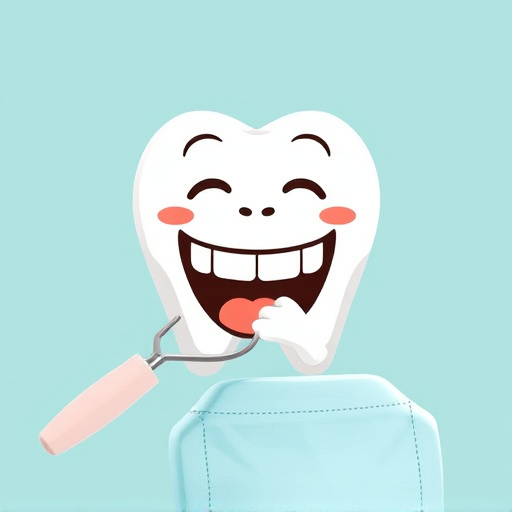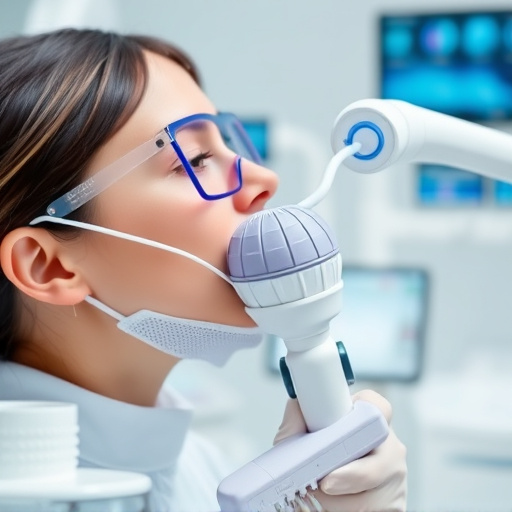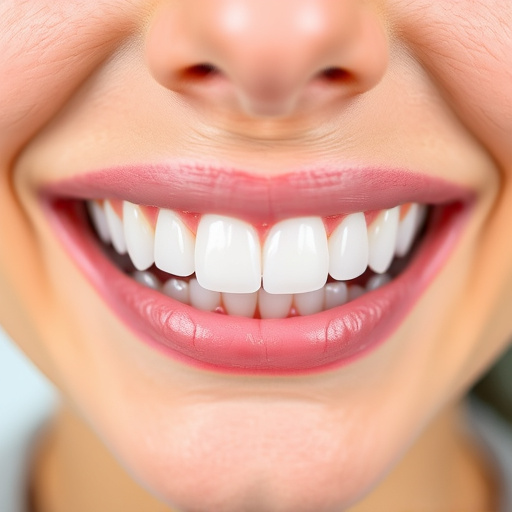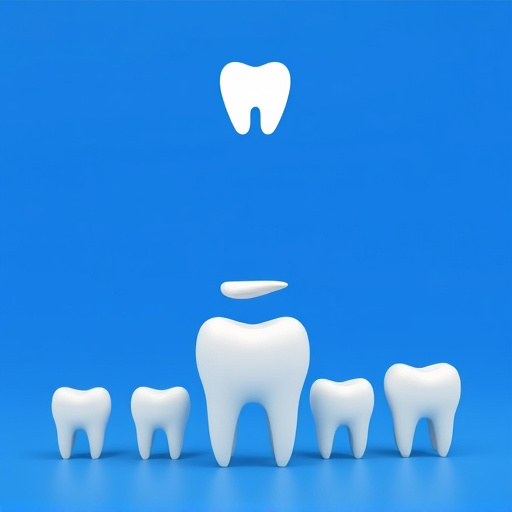Oral cancer, a head and neck cancer, is often undetected until advanced stages due to its subtle symptoms like persistent mouth sores, bleeding, or swollen lymph nodes. Early detection through regular dental examinations, imaging tests, and biopsies is crucial for effective management. Oral cancer screenings, integrated into routine dentistry, enable dentists to identify precancerous lesions early, offering diverse treatment options and saving lives. This proactive measure combines comprehensive cleanings with health education, promoting good oral hygiene and regular dental visits for a healthier lifestyle.
Oral cancer screening is a powerful tool that can save lives. By detecting abnormal cells early, healthcare professionals significantly improve treatment outcomes. This article delves into the importance of oral cancer screening, exploring symptoms, diagnosis methods, and the transformative impact of early detection. Learn how regular screenings can lead to more effective, timely cancer treatment, potentially saving you or someone you love.
- Understanding Oral Cancer: Symptoms and Diagnosis
- The Role of Early Detection in Effective Treatment
- How Regular Screening Can Save Lives: A Step-by-Step Guide
Understanding Oral Cancer: Symptoms and Diagnosis
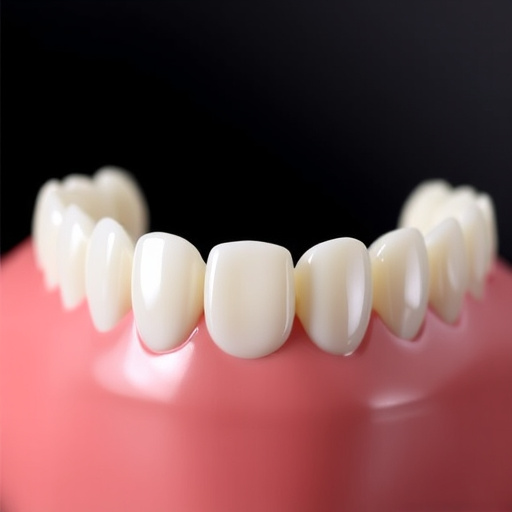
Oral cancer, a type of head and neck cancer, refers to the abnormal growth of cells within the mouth or throat. Understanding its symptoms is key to early detection, as many cases often go unnoticed until advanced stages. Common signs include persistent mouth sores, unusual bleeding in the mouth, swollen lymph nodes, and noticeable changes in the oral cavity, such as lumps or thickening of the skin or mucosa.
Diagnosis involves a comprehensive examination by a dental professional, which may include imaging tests like X-rays or CT scans. In some cases, a biopsy might be performed to take tissue samples for analysis. Early detection through regular oral cancer screenings is vital, especially in the context of preventive dentistry. Even in children’s dentistry practices, knowledge about oral cancer signs can facilitate timely interventions and improve treatment outcomes significantly. Additionally, those undergoing treatments like clear aligners should be mindful of any unusual mouth changes, as these innovative orthodontic solutions gain popularity.
The Role of Early Detection in Effective Treatment
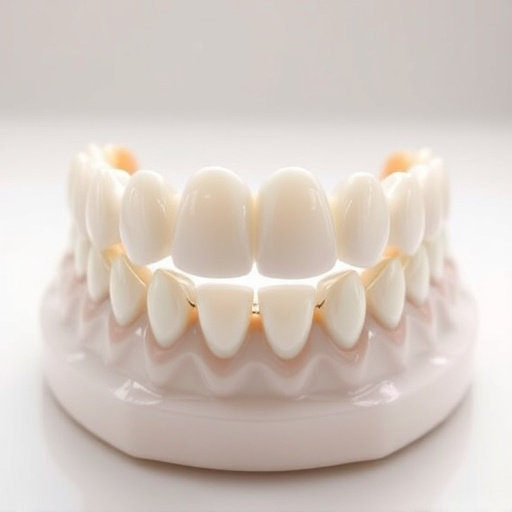
Early detection plays a pivotal role in the effective treatment of oral cancer. Regular oral cancer screenings are crucial components of comprehensive dental care, enabling dentists to identify potential abnormalities or precancerous lesions at their earliest stages. By catching oral cancer early, treatment options become more diverse and often less invasive. This is because when cancer is detected in its initial phases, it typically means the disease has not yet spread to other parts of the body, significantly improving the chances of successful tooth repair and a positive outcome for the patient.
The benefits of early detection extend beyond individual cases; it contributes to preventive dentistry as a whole. Oral cancer screening becomes an essential tool in the fight against this disease, allowing healthcare professionals to provide better patient care and potentially save lives. This proactive approach ensures that any concerning issues are addressed promptly, leading to more efficient treatment plans and ultimately, better quality of life for those affected by oral cancer.
How Regular Screening Can Save Lives: A Step-by-Step Guide
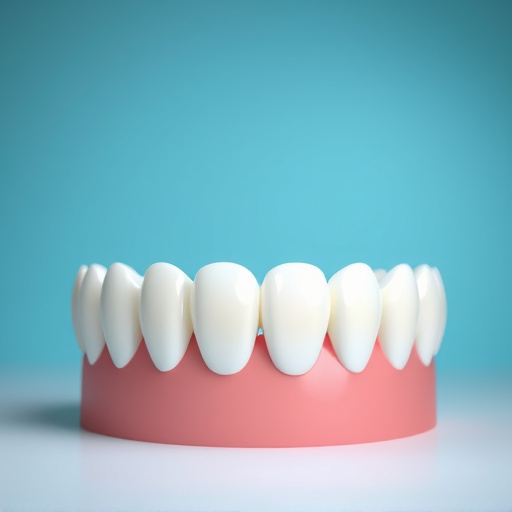
Regular oral cancer screening is a powerful tool that can save lives. By incorporating this step into your routine comprehensive dental care, you’re taking a proactive approach to detect potential issues early on. Here’s how it works:
1. Comprehensive Dental Cleanings: During these visits, your dentist will perform an oral exam and may use specialized tools or technologies designed for cancer detection. This initial step involves visually inspecting your mouth for any unusual lesions, sores, or discolored patches that could be indicative of cancerous cells.
2. Identifying Potential Risks: The dentist will consider your medical history, lifestyle factors, and other risk elements known to contribute to oral cancer development. They might discuss with you the importance of preventive dentistry and the role it plays in reducing cancer risks. This conversation highlights the value of maintaining good oral hygiene practices and regular dental cleanings as part of a healthy lifestyle.
Oral cancer screening is a powerful tool that can significantly improve outcomes for those affected by oral cancer. By identifying potential issues early on, individuals can receive timely treatment, leading to better recovery rates and reduced side effects. Regular screening isn’t just a preventive measure; it’s a proactive step towards saving lives. Embrace this simple yet effective process to ensure your oral health and peace of mind.




